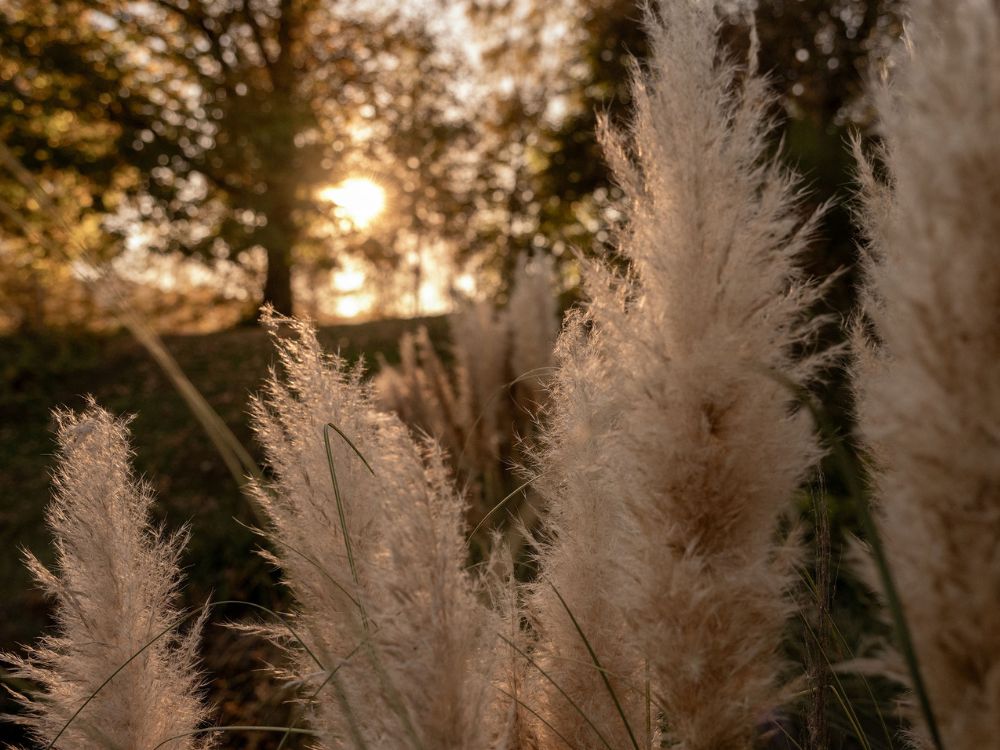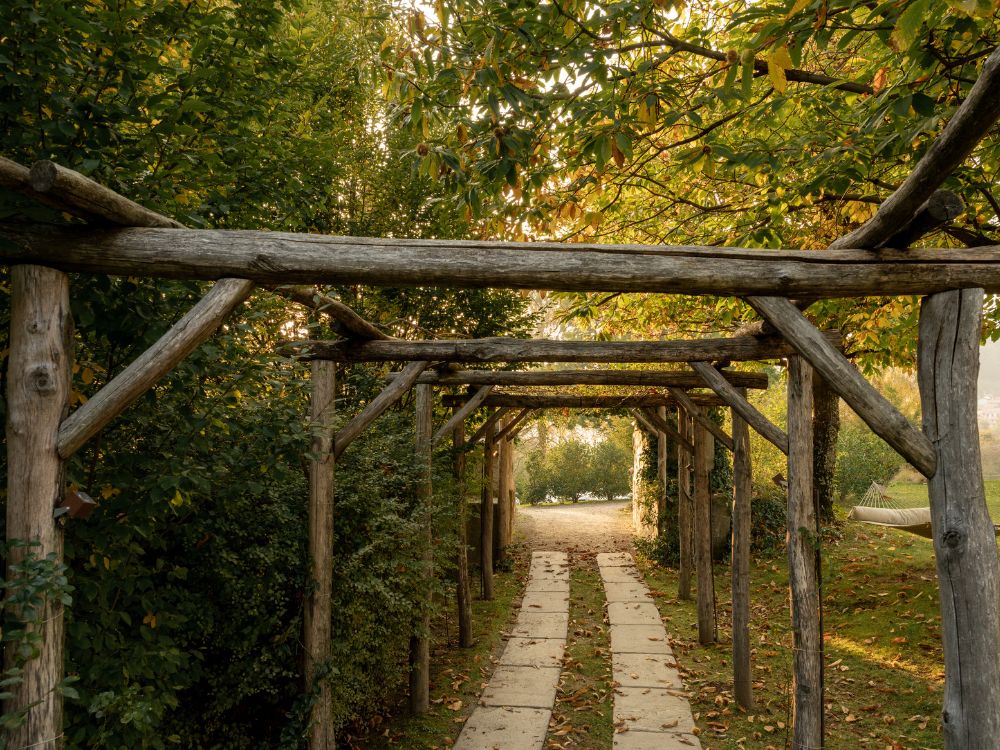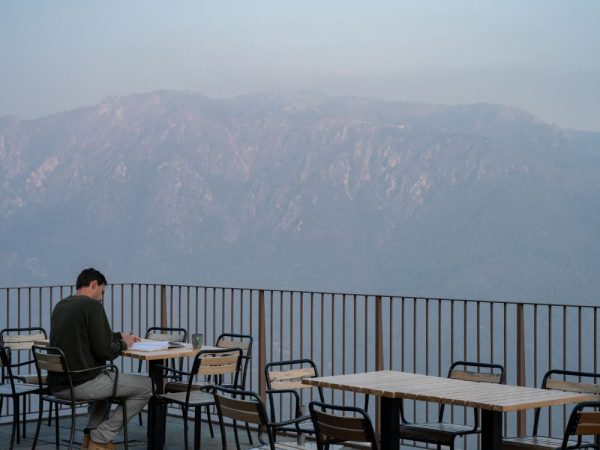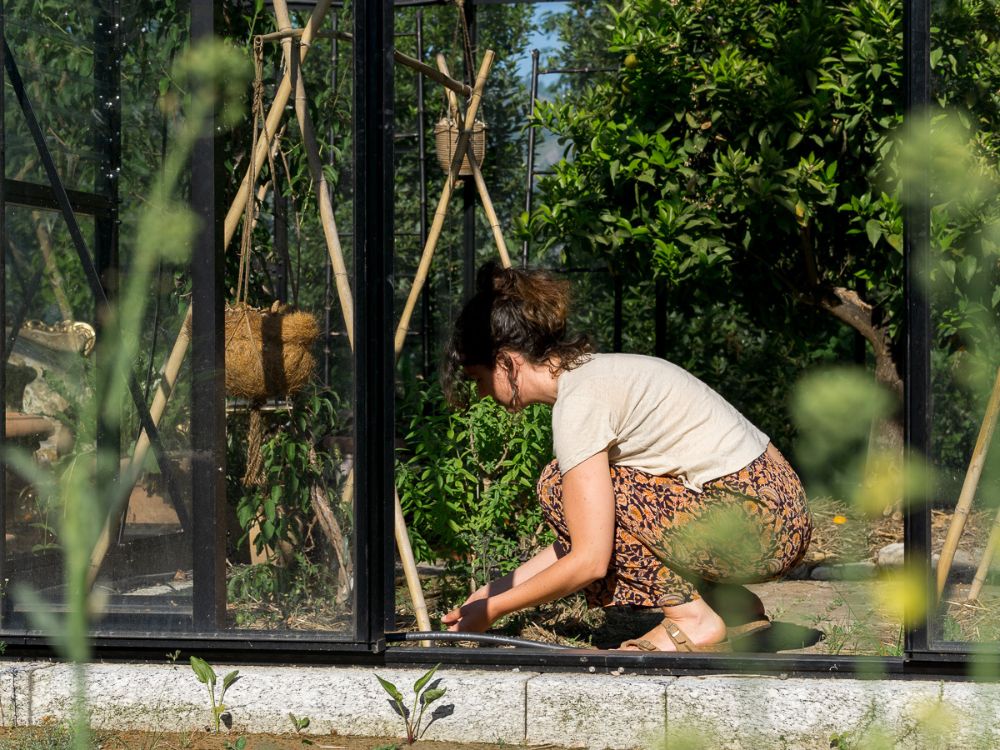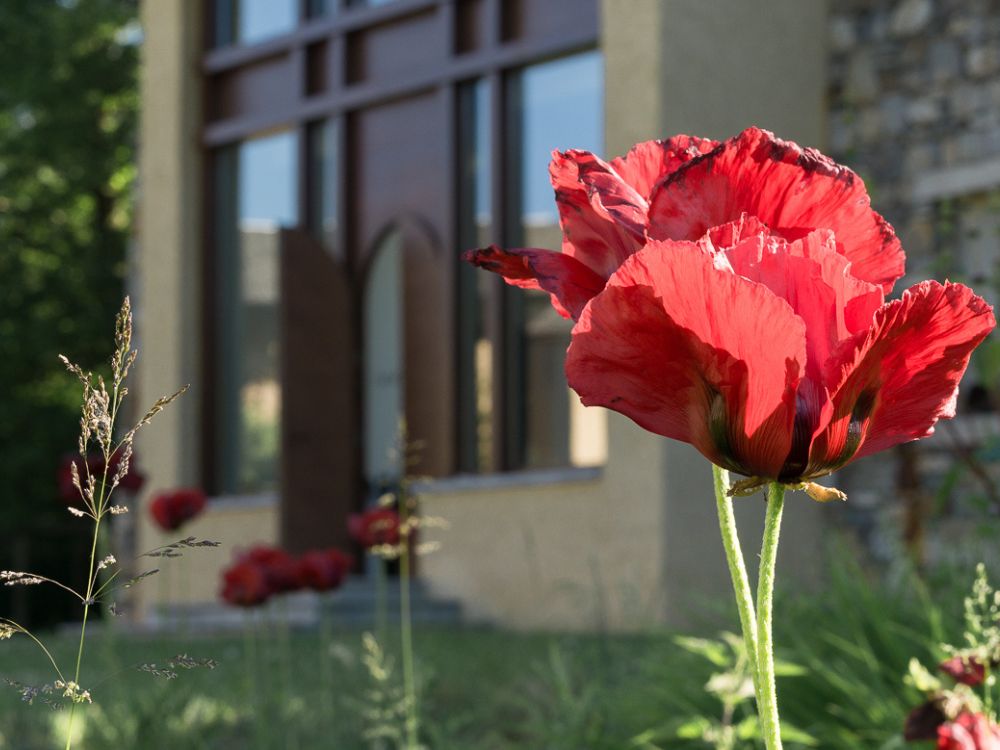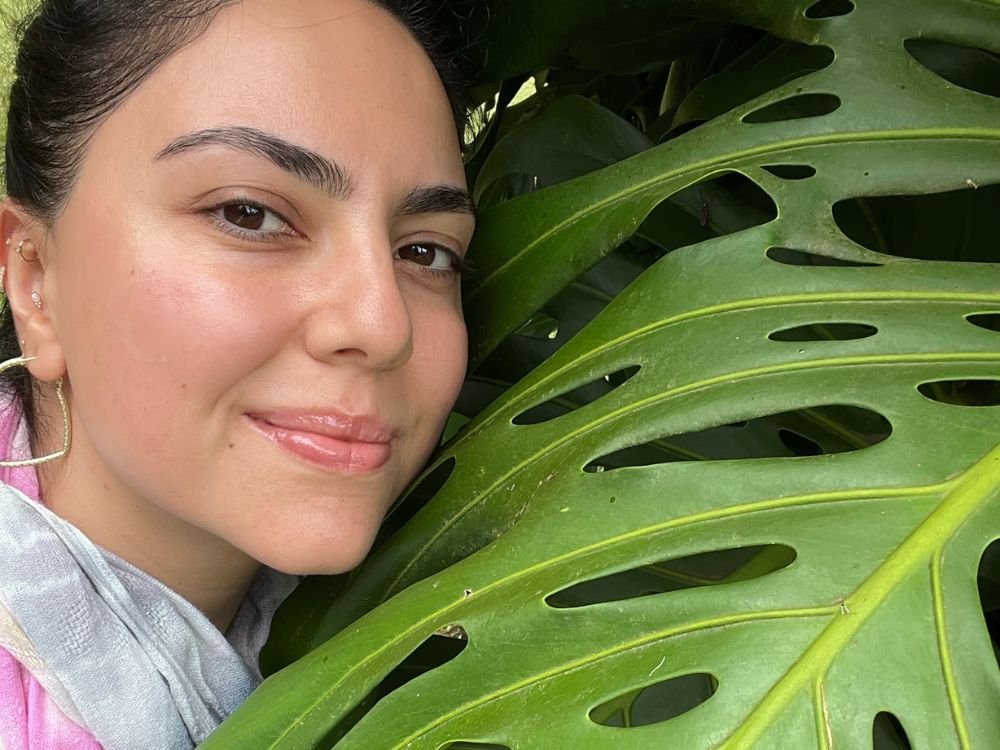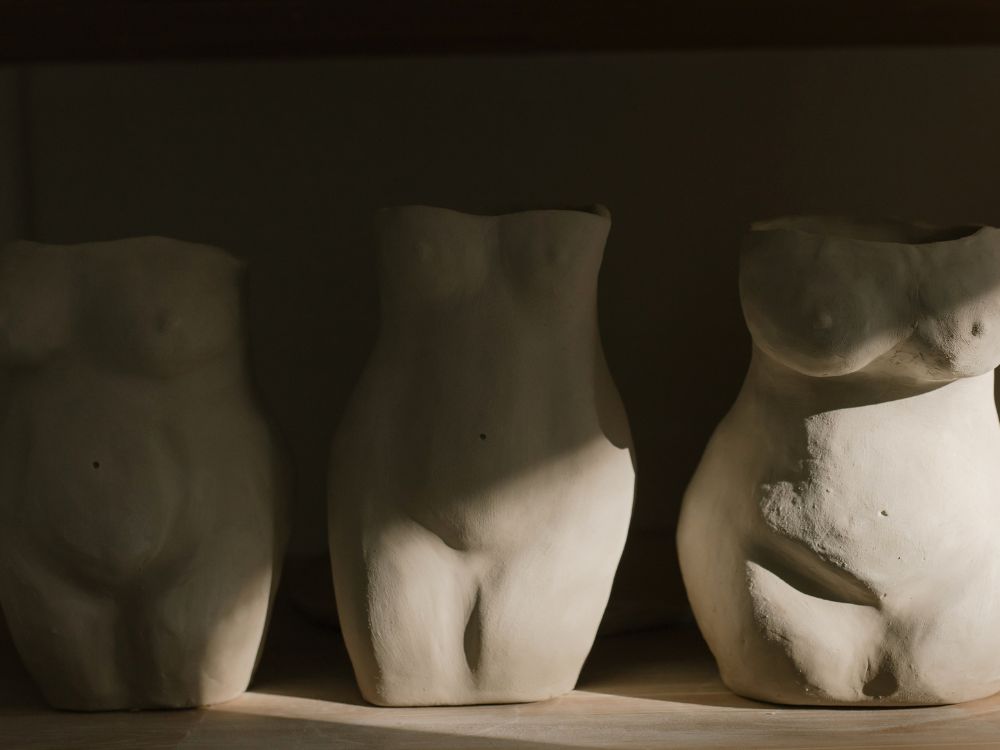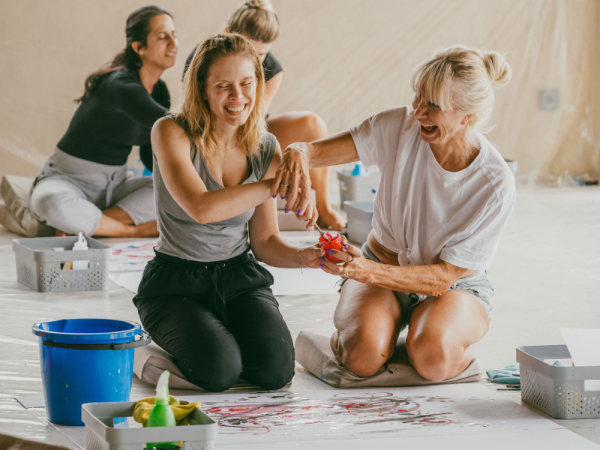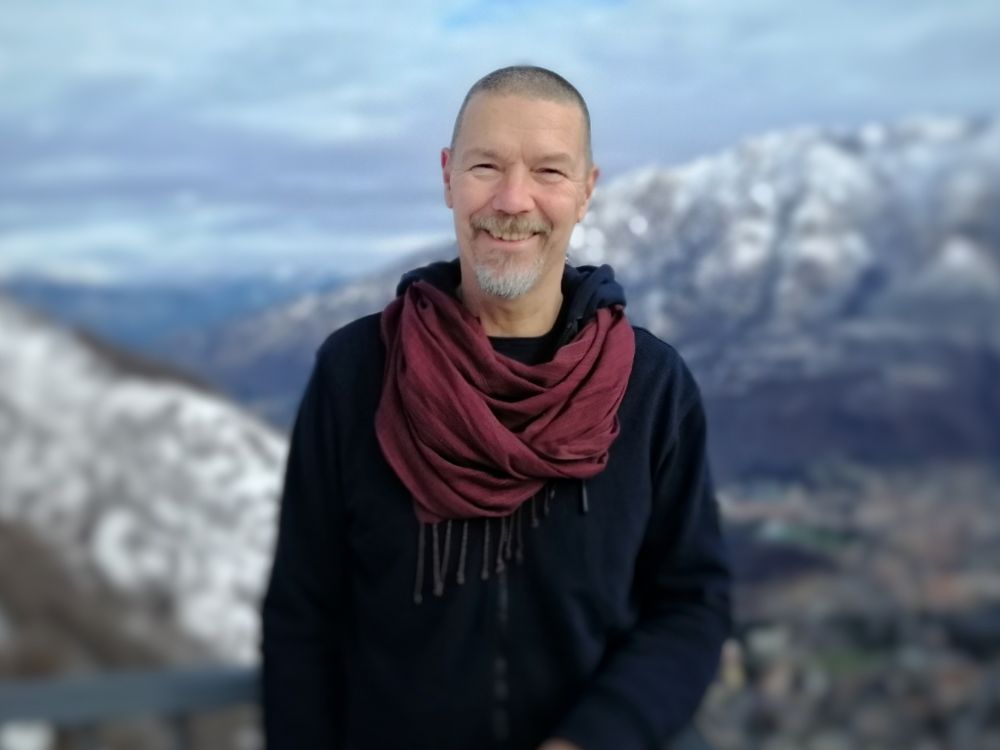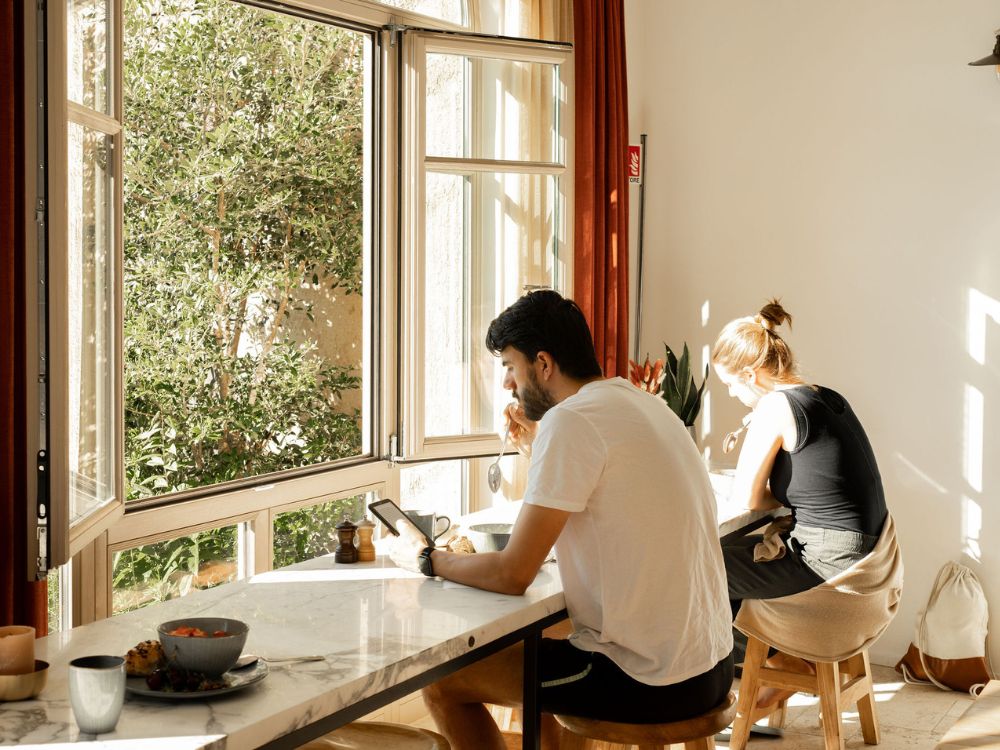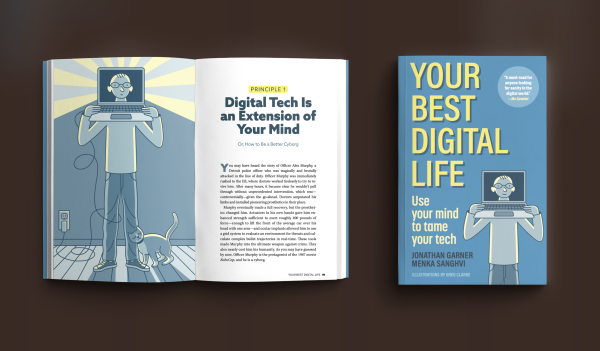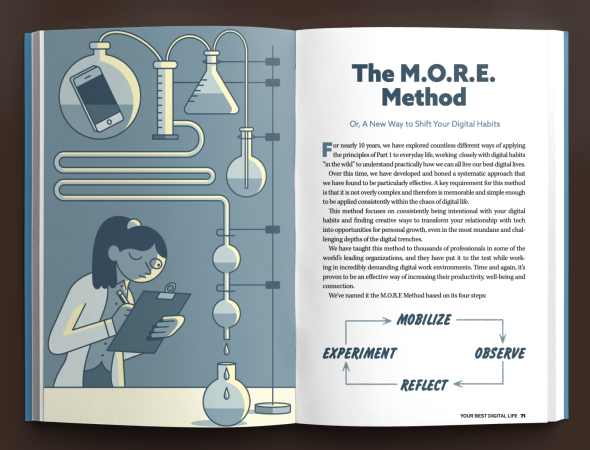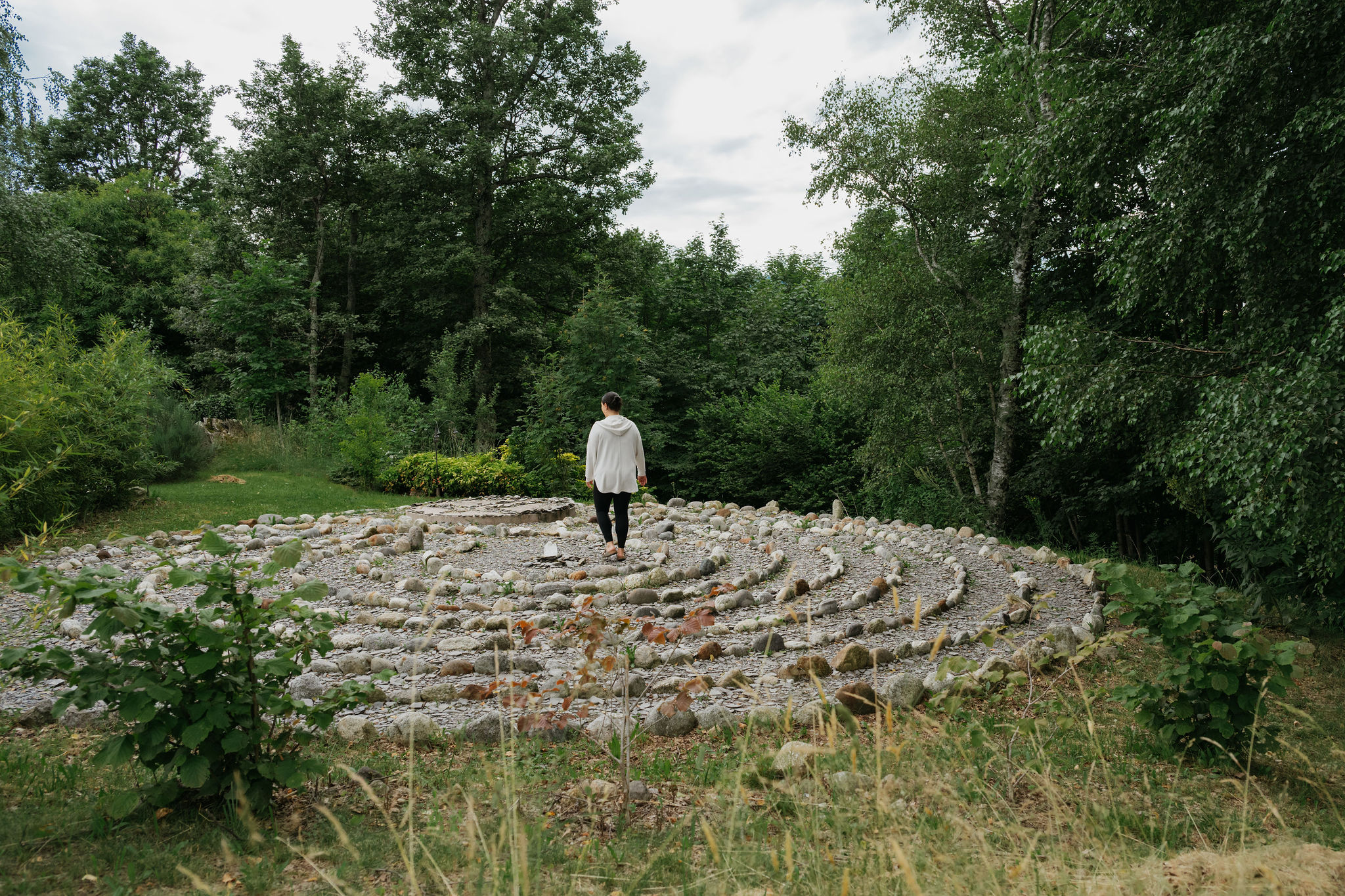In this reflective piece, Marije explores a different way of approaching the turning of the year—not through resolutions rooted in lack, but through a shift into love, abundance, and inner celebration. What if every moment, not just the holidays, could become an expression of your natural state of being? You will also find a short recorded meditation you can use to connect to your heart throughout the day.
In many cultures, December is the month of celebration. Kwanzaa, Hanukkah and Christmas are all big holidays that bring people together and elevate the ordinary day-to-day to something special.
In the United States, this is preceded by Thanksgiving in November, which by some is considered the biggest holiday of the year.
And then, of course, there is New Year’s Eve as the symbolic end of a period of time (whether that’s according to the Gregorian, Chinese, Hebrew or other calendar), and a new beginning to reckon with. Resolutions need to be made, and a stricter lifestyle abided to.
What if we did this differently? What would it be like to live a life of eternal celebration instead?
I haven’t been a fan of making New Year’s resolutions for years. I don’t think this is a helpful thing to do at all. On the contrary: it is a recipe for disappointment and a feeling of failure.
Because most people — no matter how motivated — fall off the wagon, so to speak, after several weeks. I’ve seen it so many times during the years I was teaching yoga at a local studio: in the first three weeks of January all classes were suddenly full, but by the time February would come around class attendance would dwindle.
The reason? Many people make New Year’s resolutions from a perspective of lack and limitation: “I’m not good enough, so I need to be better. I am not skinny enough, so I need to lose weight. I don’t have enough money, so I need to work harder. I am not flexible enough, so I need to do more yoga. I am not happy, so I need a new … [fill in the blank]”.
Sounds familiar?
But what if I told you, that when you are stuck in a perspective of lack and limitation (whether conscious or not) you will never be able to create, have, or achieve what you (think) you really want.
When you put out to the Universe that you’re not good enough, that’s exactly what you will get back. The result? Resolutions failed.
So instead, how about this?
Take a moment to pause your day. Sit quietly with your eyes closed or with a soft gaze. Take a deep breath in and let it go with a sigh.
Now, begin to direct your breath into your heart. Imagine that you can breathe from your head into your heart. Repeat this three times, or as long as you need until you feel that you have landed in your heart.
With your heart, think of something or someone you deeply love. Allow this feeling to soften your face and bring a smile to your lips. Allow this feeling to grow bigger. Allow it to expand. Allow the feeling to fill your entire body. Allow it to become so strong that you are not just feeling the love, you are the Love.
This is your natural state of being: you are Love. You are perfect the way you are. You are a Divine Being. You are Light. You are Source. Nothing is lacking. There are no limitations. You already are everything you wish to be.
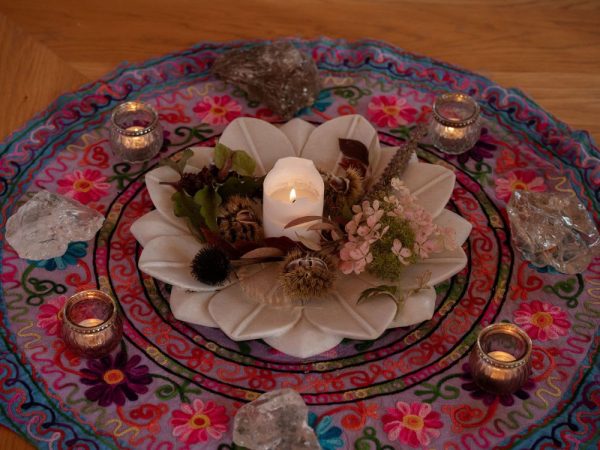
When you are in this state of consciousness, you know that there is nothing to fix, nothing you have to become, nothing that you are not.
And yet, there may be experiences you’d like to have that would be really fun. What would bring you joy?
Allow that feeling of joy to arise in your heart and let it expand. Really feel into the joy of the experiences you’d like to have. Live it in your imagination.
You are manifesting from a state of Love and abundance; knowing that it is all here for you and that there is even more.
When you feel completely saturated, bring your awareness back to your breath. Feel your feet and your hands. Whenever you are ready, open your eyes and continue your day.
Can you feel the celebration in this? Can you feel how good it feels when you realize that you already have everything you need?
Is it possible to feel that your happiness is not dependent on your circumstances (and certainly not on the number on a scale)?
Whenever you notice your thoughts are based in lack and limitation, pause and bring your attention to your heart, as described above, or take a moment to follow the recorded guided meditation below.
The more you do this, the more it becomes second nature. Or better said: the more you are reminding yourself of who you really are, the more you will be aware of living in your natural state.
When you are living in your natural state of being — a state of Love, abundance and well-being — you can love every moment exactly as it is.
This doesn’t mean that you cannot have preferences (what brings you joy?), yet you realize that nothing happens to you — only for you. Everything that happens in your life, any circumstance or situation you’re in, is only here to remind you of your own Light and to reclaim your Light if it seems dimmed.
(Please note: if you are in a situation that is physically or emotionally harmful, of course the skillful thing to do is to remove yourself from it.)
Celebrate the good and the bad, the beautiful and the ugly, the easy and the hard things.
You chose this life, you chose to have this experience in this physical body, so live it fully.
Celebrate every moment exactly as it is.
This way, your life truly becomes an eternal celebration, and it doesn’t matter if it’s Thanksgiving, Diwali, Valentine’s Day or your birthday. There’s always a reason to feel, and be, the Love that you are.
See the Love that every human being is. Being grateful, kind, forgiving, compassionate and loving is not something to reserve only for days with a special label.
Let every day be a celebration and every moment a new beginning.
I’m pretty sure you won’t find it difficult to stick to this “resolution”. It’s simply who you are, not an item on your to-do list or a mark on your calendar.
Let me know how it goes, and let’s celebrate together.
Happy Monday!


